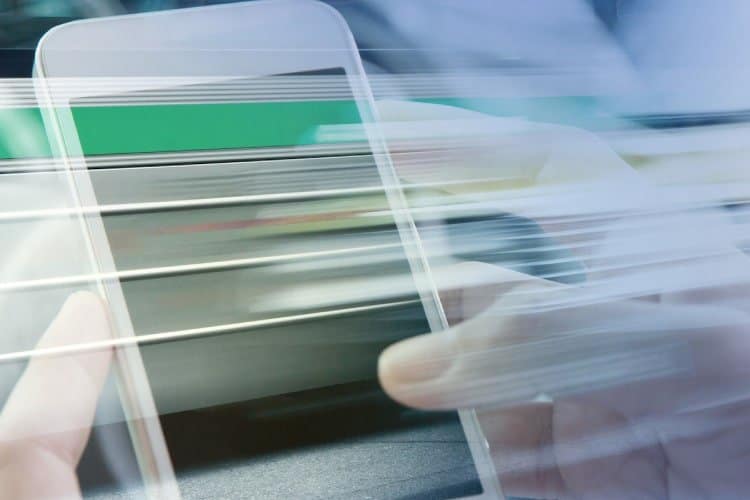Adoption has been much slower than the initial hype suggested (though one can usually find data to support views at both ends of the spectrum), but it was Mark Twain who said (or words to similar effect) that “reports of my death have been greatly exaggerated.” That phrase could equally be applied to the world of ‘Pays’ though: Mobile wallets have just gone in a different direction than what many anticipated. NFC has not been the mobile payments panacea, and Asia has led the way with QR code-based solutions (Alipay and Tencent).
Perhaps most importantly, despite the oft-touted benefits of going cashless, digital wallets have at times appeared to be a solution in search of a problem. The payment instruments (cash and cards) that digital wallets set out to disrupt might have their shortcomings, but are not so broken that consumers have been compelled to scale the barriers to entry. Limits to acceptance have played a role too, but adoption has in large part been due to consumers being reluctant to abandon the familiar – especially when it involves several steps to enrolment.
Lowering barriers to entry
So how could Google Pay be different? For starters, it consolidates Android Pay, Google Wallet and “all the different ways to pay with Google.” This includes payment credentials stored by Google’s Chrome browser, and it means that the hundreds of millions of cards already on file (under your and my Google accounts) can be easily accessed without further enrolment. This means greater convenience for shoppers, as they can simply choose to checkout with Google Pay and complete the payment by selecting Android Pay (if they’ve enrolled) or (for many more of us) one of the cards previously used on the Google Play Store, or YouTube, or somewhere under their Google account. So, rather than eliciting an eye-roll for bringing another ‘Pay’ to the market, Google is taking steps towards consolidation – and ease of use for the end consumer that is very consistent with other Google services we’ve increasingly found beneficial over the years.
Google Pay’s secret weapon is… Google
Consumers have become accustomed to entrusting Google with vast amounts of (often very personal) data; a search history that is used to deliver increasingly tailored services and personalized offers, not to mention to contacts, photos and personal documents. Is it that big a step to trust Google with payment credentials, for those who have not embraced digital/mobile wallets? The thing is, in many cases they have our payment credentials already, now they are just making them easy to use.
Google certainly has the tools at its disposal to make a convincing case for use of Google Pay. For starters, a common Google Pay brand across channels (in-app, mobile webshop, desktop, and proximity payment) will help with recognition, and should help to encourage repeat usage. Google’s real advantage though is the ability to use its own targeting capabilities within its products to make a compelling case to use Google Pay.
It’s early days, but Google has already put in place partnerships with major global payment processing partners (including ACI Worldwide) that should drive adoption of Google Pay by merchants, and use of the payment method by consumers.
John Gessau will be joined by Google on stage at NRF ‘Retail’s Big Show’ in NYC, January 14-16, to talk about the latest developments in mobile payments, including Google Pay. Date: Tuesday, January 16, 3:00 – 3:45pm, Expo Hall, Big Ideas Room 2 (Level 1).




